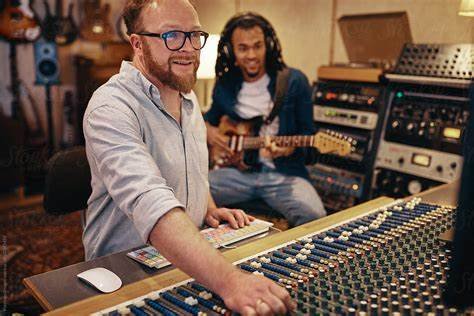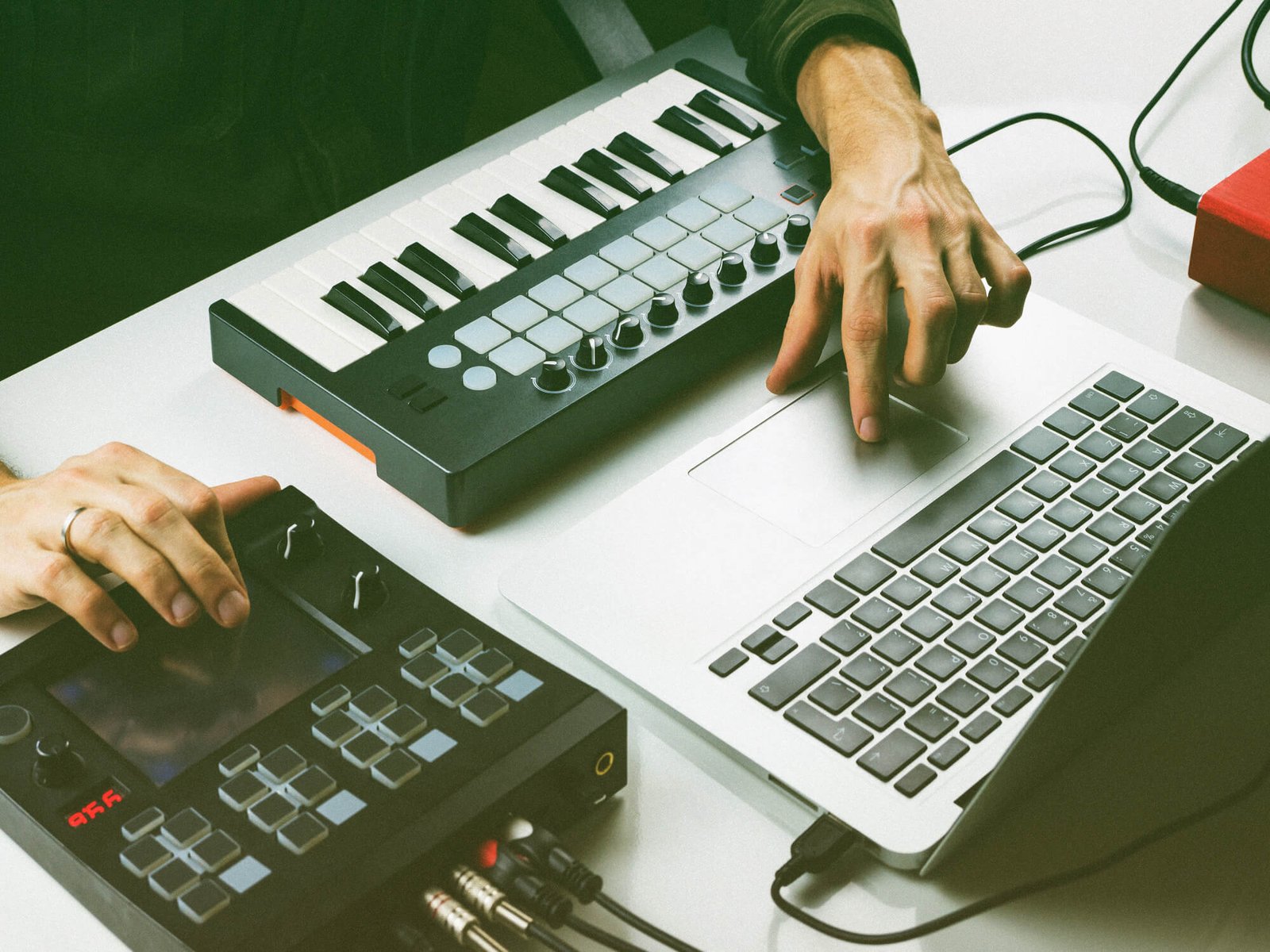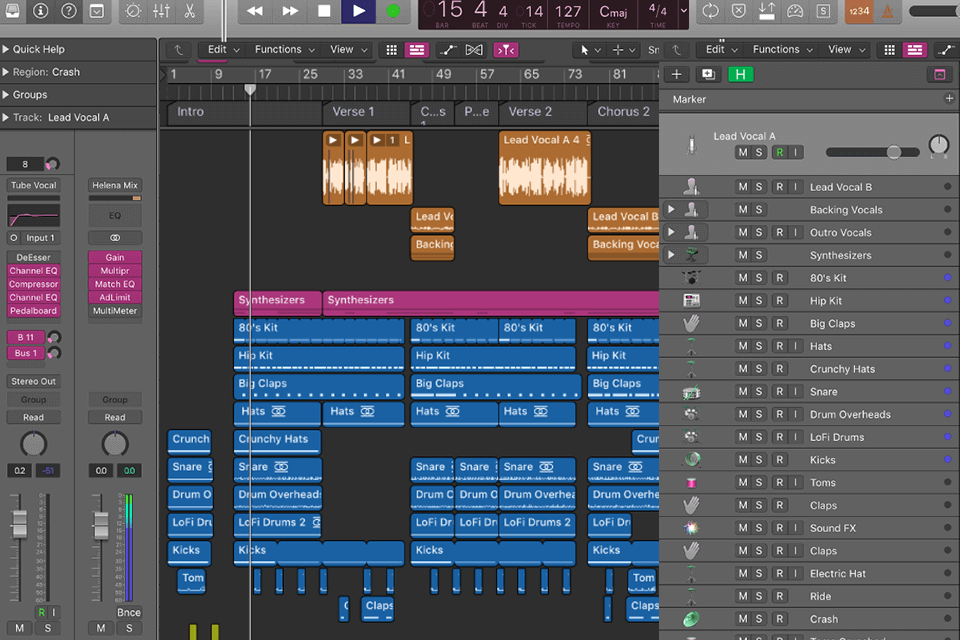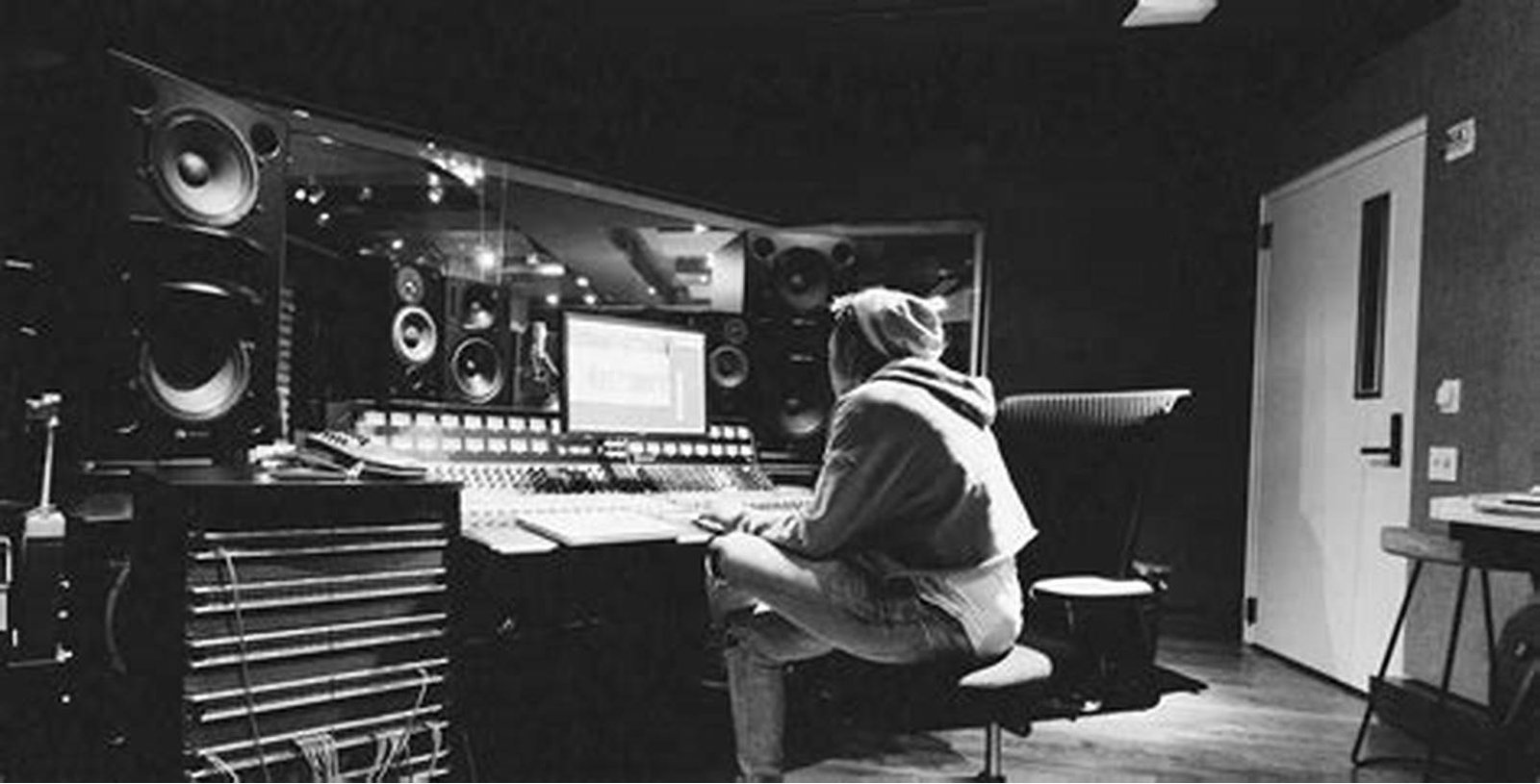The marriage of music and visual storytelling has been a cornerstone of film and television since their inception. For music producers, creating scores and soundtracks for these mediums is a unique challenge that requires balancing artistic expression with the director’s vision. By understanding the relationship between sound and visuals, producers can create compositions that enhance emotions, deepen narratives, and captivate audiences.

Understanding the Role of Music in Visual Media
Music in film and TV is more than just a background element—it’s a powerful storytelling tool. It establishes tone, reinforces themes, and evokes emotions that visuals alone cannot achieve. As a producer, your role is to craft music that seamlessly integrates with the on-screen action, whether it’s a dramatic orchestral score for a pivotal scene or a subtle ambient soundscape that heightens tension.
Collaborating with Directors and Creative Teams
Collaboration is at the heart of producing music for visual media. Producers must work closely with directors, writers, and editors to align on the project’s artistic goals. Effective communication is essential to understanding the story’s emotional beats and translating them into musical ideas. For example, a director may describe a scene’s mood in abstract terms, and it’s up to the producer to interpret that vision through sound.
Balancing Creativity and Functionality
Producing for film and TV often involves balancing creative expression with practical requirements. Unlike standalone music, film and TV compositions must serve the narrative. This means adapting your creative instincts to meet time constraints, story arcs, and pacing. For instance, a chase scene may require a high-energy score with precise timing to match the editing rhythm, while a romantic moment calls for a slow, melodic composition.
Key Techniques for Scoring Visual Media
- Motif Development
Creating recurring musical themes, or motifs, helps establish continuity and strengthen character development. For example, a hero’s journey can be underscored by a triumphant melody that evolves as the character grows. - Dynamic Soundscapes
Dynamic range plays a crucial role in guiding viewers’ emotional responses. Using volume and intensity shifts, you can build suspense or provide moments of relief, enhancing the overall impact of the story. - Instrumental Choices
Selecting the right instruments and sounds is vital for setting the mood. A string quartet might convey elegance and intimacy, while electronic beats can evoke futuristic or high-energy themes. - Timing and Synchronization
Ensuring your music aligns perfectly with on-screen actions is critical. Tools like timecode and video playback software help producers achieve precise synchronization, ensuring that every beat enhances the visuals.
Challenges Unique to Film and TV Music Production
Producing for visual media presents several challenges that require adaptability and problem-solving skills:
- Tight Deadlines: Productions often require rapid turnarounds, leaving little time for creative exploration. Efficient workflows and strong organizational skills are essential.
- Revisions and Feedback: Directors may request changes to the score, requiring you to modify or recompose pieces to fit their vision better.
- Balancing Vision with Direction: While you may have a clear musical idea, the director’s vision takes precedence. Being flexible and open to collaboration is key.
Leveraging Technology in Music Production
Modern technology has transformed the process of producing music for film and TV. Digital audio workstations (DAWs), virtual instruments, and sound libraries provide producers with an extensive palette of sounds. Tools like MIDI controllers and scoring software enable precise synchronization with visual elements, making it easier to experiment and refine compositions.
The Business Side of Film and TV Production
Success in this field isn’t just about creativity—it’s also about understanding the business. Producers must negotiate contracts, manage licensing agreements, and ensure copyright compliance. Networking with directors, editors, and production companies can lead to future opportunities. Additionally, participating in film festivals or submitting your work to scoring competitions can help you gain recognition in the industry.
Conclusion
Producing music for film and TV is a rewarding yet demanding craft that bridges the worlds of sound and visual storytelling. By mastering collaboration, honing your technical skills, and embracing the unique challenges of the medium, you can create music that resonates with audiences and elevates cinematic experiences. Whether you’re scoring a blockbuster film or an indie TV series, your ability to blend music with visuals will play a pivotal role in bringing stories to life.







